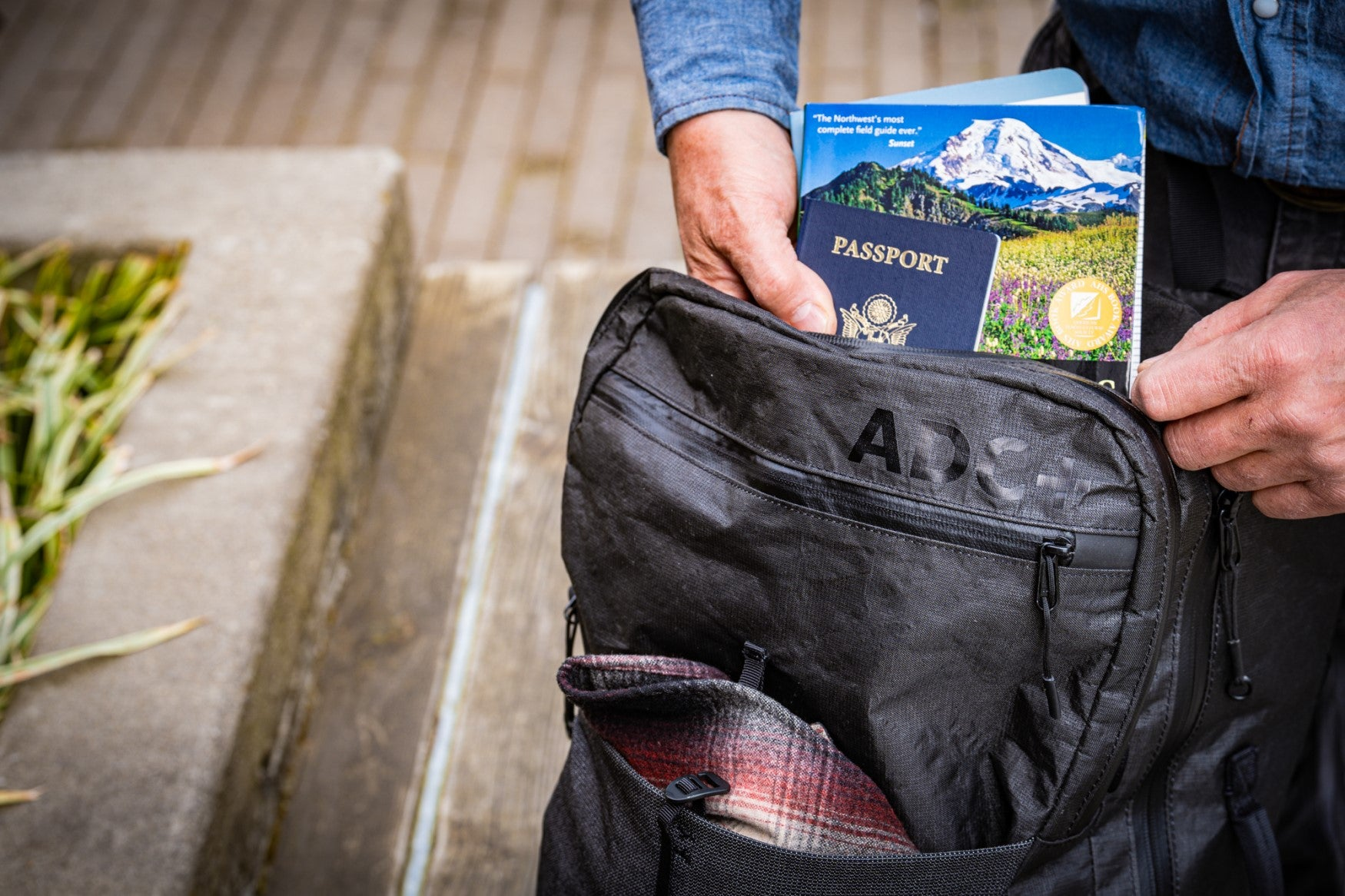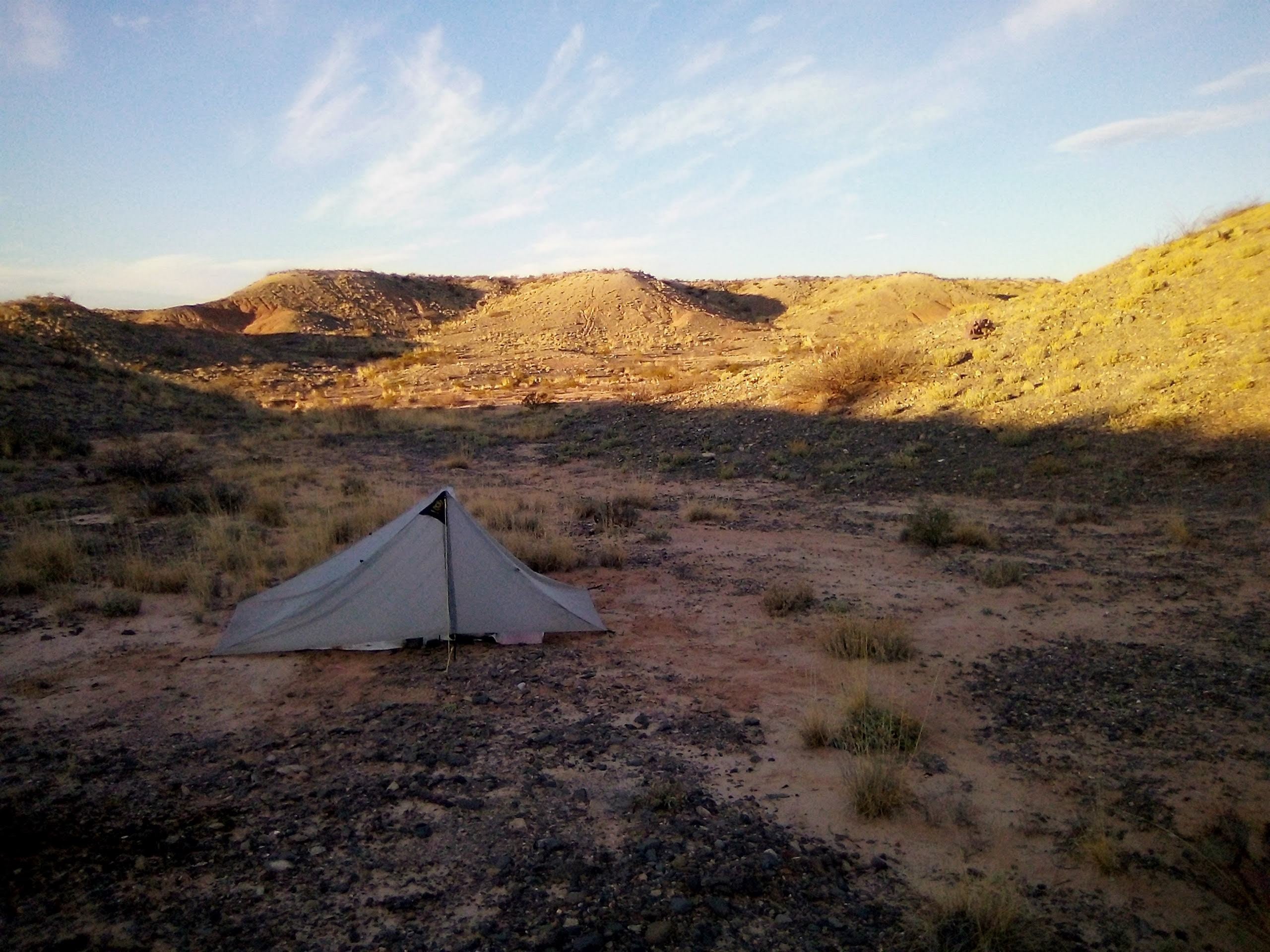With spring coming and the hiking season getting ready to ramp up, I figured this would be a great time to go over a relatively basic but often overlooked subject; safely assessing and navigating creek crossings. With spring rain and snowmelt on the way, creek crossing can be dangerous this time of year, so here are a few things I’ve picked up along the way that might help you make better decisions.
1: Be Prepared
Before heading into the backcountry, study your maps carefully to see if there are any crossings along your proposed itinerary. Most detailed National Geographic maps will have high water warnings where crossing may be dangerous under certain conditions. It is always a good idea to check in with the local backcountry office and ask the rangers if they are familiar with any of the conditions. If it is a popular hiking area, a local blog or hiking group may be familiar with current conditions. Always prepare for a backup plan in case you have to change your itinerary. Be sure to (obviously) check the weather before you head out. Conditions can change rapidly and an inch of rain can make a huge impact in the mountains.
2: Assessing a crossing
There are a lot of things we can look at when arriving at a ford, and everyone will probably have their own opinions and preferences for what works best for them. As a guide, I typically like to think about what is safest and most efficient. Of course the first question to ask yourself is “Should we cross?” Knowing your own abilities and comfort levels here are important. I am writing this erring on the side of caution. Fording a creek can be intimidating and scary, so if you arrive at a crossing and think, wow this looks dangerous, then maybe it's time to take a different route. You hardly ever HAVE to cross a creek and it's always best to be safe, especially if you are hiking alone.
I am going to start by assuming that the crossing is technical, or dangerous, or the weather has caused water levels to rise. Stand at the edge and start looking at the water. Murky or muddy looking creek water is often a sign of heavy rain. This is a good indicator that the creek levels are higher than normal and water flow may also be faster than usual. In a high snow melt scenario, the water may still be clear, but you may hear large rocks tumbling in the water, this is another sign of abnormal flow. In these cases it would be imperative to be cautious. Murky water makes it hard to see where to step.
I have seen creeks rise 3 feet above normal after the rain, and did not hesitate to change my itinerary to avoid crossing. You may not know this, but it's ok!!! Even in a National Park that requires campsite reservations, you will not get in trouble for changing your itinerary and camping somewhere else for safety reasons. Another thing to look at is the elevation change of the creek where you are standing. So, the water flow is a little intimidating, but you are not too worried about it, is there a lot of debris or log jams down stream? Are there any sudden falls directly downstream where you might get injured or worse if you do happen to slip? Also, look for debris on the surface of the creek. When water rises rapidly, it pulls sticks and leaves off the banks and pushes them downstream. If you see a lot of debris in the creek, the water will probably continue to rise. It would be best not to be in the water if that happens. (This is also important if you are setting a camp by a stream, place a stick at the edge of the water like a post to track the rising of the creek.)
3: Where to cross
Ok, we’ve decided we are within our limitations and it is relatively safe to cross. Typically the trail crosses at the widest and shallowest spot in the creek but not always. I try and look for areas in a creek where the flow is slowest and shallowest. This is the easiest way to get across. It may be counterintuitive than picking the narrowest section in order to cross quicker, but the water flow will be much faster and more powerful in these sections and it could be hard to keep your balance and move through it. Sometimes, there are no clear areas where the water flow is slow, or there are a lot of large rocks in the way. If this is the case, I try to cross where it's easiest to see, and maybe where I can get clear footings and placements for my sticks or poles. It may be tempting to try and rock hop, or balance beam across on a log, But this always feels unstable and out of control. Especially considering wider, more dangerous creek crossings. I’ve seen a lot of people fall trying, usually with a laugh, but it seems like a really easy way to get injured.
4: Crossing
Now we are ready to cross. As a personal preference, I prefer to keep my hiking shoes on and stomp through the water. They have the best grip on slippery rocks, and I buy quick drying hiking shoes so I don’t have to worry about it. If you absolutely don’t want your shoes to get wet, I recommend carrying a sturdy, close toed straoable or tieing creek crossing/shoe. If the crossing is difficult it is a good idea to bring hiking poles or take a few minutes to find a large sturdy stick or two to use to get across. Before crossing unbuckle your backpack so you can slip out of it quickly if you fall. Begin moving slowly. Maintaining balance is the key. Move one limb at a time. Start by placing each pole in the water one at a time and placing them so they are stable and wont slip as you shift your weight to your hands. Never place the sticks or poles on top of rocks. Same goes for your feet. Keep the poles out as wide as possible and out in front of you, and with your knees bent, start stepping into the water.
When placing your feet, look for flat areas between the rocks in the water. If it's all larger rocks, don't step on top of them, rather, place your foot between them (though don't force it and get it stuck) Move delicately. Don't just step forward, but balance on one foot, using the poles for support, then reach the other foot forward and start feeling around for a placement. Before you shift your weight to the foot you just moved forward check and make sure the foot won't slip from where it is and carefully shift your weight to that foot. Now STOP! Don't follow with the other foot, rather, start by adjusting your poles to keep them out in front of you, one at a time, placing carefully and making sure they don't slip. Now repeat the process patiently and carefully until you’ve safely reached the other side!
Bonus:
*If the water flow is powerful and tiring, aim for the eddies downstream of larger rocks. You can rest there and regain your composure before moving on.
*Staring at rushing water past your legs can cause vertigo, if it does, just stop, gain your balance. and stare at the bank or a tree for a few seconds until it goes away.
*Always go out with a friend! It's safest to not attempt crossing alone.










Leave a comment
This site is protected by hCaptcha and the hCaptcha Privacy Policy and Terms of Service apply.